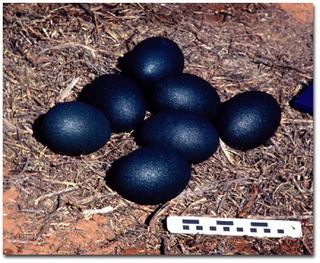pandas marsupials and monotremes

One of the most fun activities of the week, apart from gardening with Courtney, was teaching English to, or facilitating the English usage of, a trio of elderly Chinese. In fact there were five students in all, the other two being thirty-something Japanese women, and I had a problem trying to maintain the same level of engagement for all of them. Both the Japanese women could come out with whole sentences and engage with me at quite a high level, while the Chinese could rarely string two words together. There were infectiously enthusiastic though, and when taught a new word would repeat it endlessly like a bunch of Courtneys, nodding sagely all the while.
Our conversation began with naming the things around us, and distinguishing types of containers – cups, mugs, jars, jugs, bottles, packets and boxes. This was all very exciting, but somehow we got onto animals. Remarkable how much interesting info can be pumped through the semi-permeable language barrier. Pandas are China’s main claim to fame wildlife-wise, and the wisest of the Chinese fraternity told me their numbers are increasing at last, and that the only pandas outside China are a pair in America, a goodwill gift, and recently, a child was born to this pair, the first panda born in captivity, or perhaps it was born in China, and perhaps it wasn’t the first born in captivity, anyway one was born, recently…
Then another of the Chinese mentioned Taiwan, and oh yes that was right, the Chinese government had recently sent a panda pair to Taiwan, or perhaps they hadn’t sent it yet…
Later, I asked one of the Japanese women about the native wildlife in her country, whether there were any bears for example, and she said they only had a couple of pandas, but they were from China…
We talked about the bamboo eaten by pandas, and the gum leaves eaten by koalas, but later that day, or the next, one of my fellow volunteer staffers assured me that pandas are really carnivores, that it’s all guff about the bamboo, oh yes maybe they eat bamboo but they prefer fresh red meat, it’s all propaganda to make the pandas seem cuddly and sweet but she isn’t taken in, she thinks they’re hideous beasts, she loathes them…
We talked about koalas and their lives of ennui, and kangaroos, and stout wobbly wombats, and crocodiles and emus. The wise Chinese man told us haltingly and with gestures that Africa’s ostriches were bigger than our emus, and differently plumed, and that emu eggs were quite blue, unlike those of ostriches. He was clearly delighted at this blueness.
I spoke about the platypus, of whose existence they were all aware. The wise Chinese man told us they had webbed feet as well as a duck’s bill, and that they dug out nesting areas in river-banks where they lay eggs, for they were one of the few mammals on earth who lay eggs. Yes, I said, marsupials are egg-laying mammals found only in Australia. I was trying to re-assert myself as teacher and all-round expert, but then it occurred to me that kangaroos didn’t lay eggs, or maybe they did, and I became confused. I tried to cloak it by talking about the pouch, marsupials had pouches in which they reared their young, protected while they suckled the breast, because when born they were very small at least I knew the baby kangaroo was. Later the fellow volunteer staffer told me she wasn’t too sure about the marsupial thing, but there were certain monotremes who laid eggs and they were a sub-class of marsupial but don’t quote her.
So because I like to be factual, and to learn while writing, let me be clear that there are only three species of monotreme, namely the platypus, and two types of echidna. Monotreme means one-holed and is a reference to the cloaca. They also happen to be the only egg-laying mammal, so that’s probably an easier way to remember them. They’re the most primitive of mammals.
Monotremes and marsupials are described as non-eutherian. They’re phylogenetically isolated from other mammals. Eutherian mammals have a placenta, though I’ve read that marsupials do have a simple placenta, but their young are extremely artricial (as opposed to precocial), that’s to say they’re undeveloped, tiny, and in need of lots of TLC.
For next week, I’ll have to come up with another engaging subject, or maybe the wise Chinese man will.


1 Comments:
Hey, you have a great blog here! I'm definitely going to bookmark you!
I have a flower gardening tip
site/blog. It pretty much covers flower gardening tiprelated stuff.
Come and check it out if you get time :-)
Post a Comment
<< Home